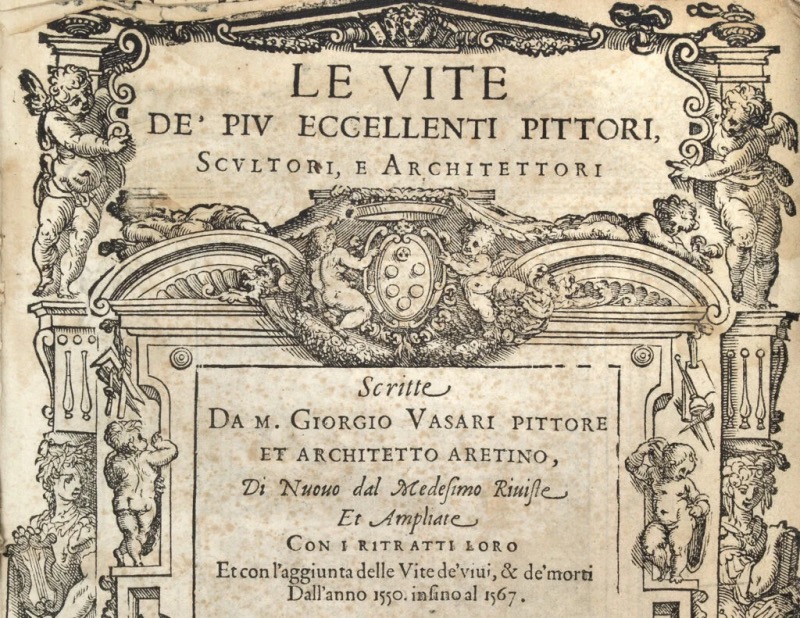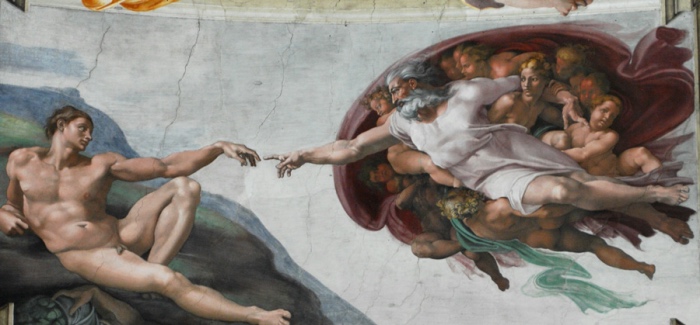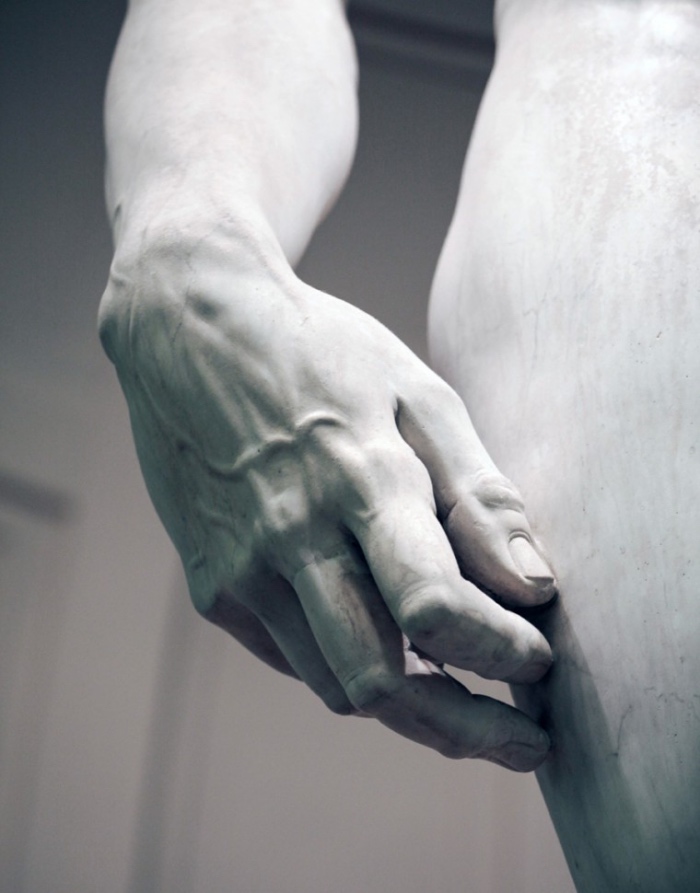
The Renaissance is that period in Western history, culture, politics and art, which runs from the end of the 14th century to the middle of the 16th century. It is a period characterised by a climate of rebirth of Italian art and change, which sees the new urban society gain a freer conception of life based on the idea that man can be the subject of his own history and destiny. But who is it that introduces the concept of the Renaissance?
In this post, we take you on a journey to discover the origin of the term Renaissance and its meaning introduced by the man who wrote the first book on art history: Giorgio Vasari.
GIORGIO VASARI AND THE RENAISSANCE

Image source: Biglietti Musei Roma.com
The term Renaissance was first proposed by Giorgio Vasari, a painter, architect and art historian in the 16th century.
In his famous book entitled ‘Lives of the Most Excellent Italian Painters, Sculptors and Architects, from Cimabue to the Present Day’, known simply as ‘The Lives’ and still on sale today, Vasari makes a clear reference to the concept of the Renaissance.
Published in 1550, Giorgio Vasari’s treatise is considered to be the first art history book ever written and is an extremely important source of biographical information on those artists who were active between the Middle Ages and the Renaissance. Through his seminal treatise ‘The Lives’, Vasari not only delineated the boundaries of this period, but also profoundly influenced the perception and understanding of art and artists from the Middle Ages up to his own time.
Vasari narrates developments in art and the relationships between artists with great literary emphasis, perhaps even spreading untrue information to enrich the tale. Nevertheless, Vasari’s book influenced the judgement of works and artists until almost the entire 19th century and even today this treatise is considered a fundamental text. In a certain sense, Vasari compares the Renaissance to the classical age, identifying the two periods as moments of the highest expression of human creativity. Between the two moments, there was a period considered less ‘brilliant’: the medieval age.
In his Lives, Vasari points to Cimabue and Giotto as the artists who initiated a renaissance of art that, by successive stages, reached its peak in the 16th century and would conclude its parabola with the works of Michelangelo Buonarroti, the artist who, according to Vasari, is to be considered the best in painting technique.
By recounting the lives of individual artists, Giorgio Vasari describes the development of Italian art from the 13th century up to his own time, distinguishing three distinct stylistic periods:
- The ‘first manner’, from Giotto to Cimabue, when painting began to reproduce the real;
- The ‘second manner’, corresponding to the early Renaissance, to which belongs the production of artists such as Brunelleschi, Donatello and Masaccio, who undertook the first experiments in perspective;
- The ‘third manner’, also known as the ‘modern manner’, or the style of artists such as Leonardo, Bramante, Raphael, Titian and Michelangelo.
This subdivision into three stylistic periods lasted throughout the 18th century and a large part of the 19th century, also influencing the definition of the period preceding the Renaissance, in other words the mediaeval period, referred to as the middle age, that part of art history between two epochs with similar characteristics: the classical era and the Renaissance.

Image source: www.accademia.org
The stylistic subdivision proposed by Vasari, with its three manners, offered an interpretative structure that has endured for centuries and continues to be an essential reference point for art historians and enthusiasts. Understanding Vasari’s contribution means appreciating the importance of a work that has shaped our view of the Renaissance, celebrating the lives and works of the great masters who shaped this golden age of Western culture.

